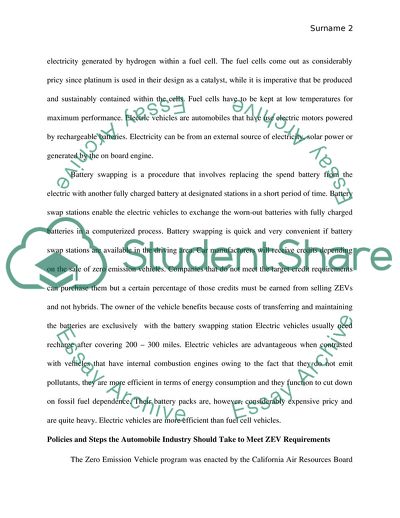Cite this document
(Zero Emission Vehicles Case Study Example | Topics and Well Written Essays - 1250 words, n.d.)
Zero Emission Vehicles Case Study Example | Topics and Well Written Essays - 1250 words. https://studentshare.org/environmental-studies/1846686-zero-emission-vehicles
Zero Emission Vehicles Case Study Example | Topics and Well Written Essays - 1250 words. https://studentshare.org/environmental-studies/1846686-zero-emission-vehicles
(Zero Emission Vehicles Case Study Example | Topics and Well Written Essays - 1250 Words)
Zero Emission Vehicles Case Study Example | Topics and Well Written Essays - 1250 Words. https://studentshare.org/environmental-studies/1846686-zero-emission-vehicles.
Zero Emission Vehicles Case Study Example | Topics and Well Written Essays - 1250 Words. https://studentshare.org/environmental-studies/1846686-zero-emission-vehicles.
“Zero Emission Vehicles Case Study Example | Topics and Well Written Essays - 1250 Words”. https://studentshare.org/environmental-studies/1846686-zero-emission-vehicles.


